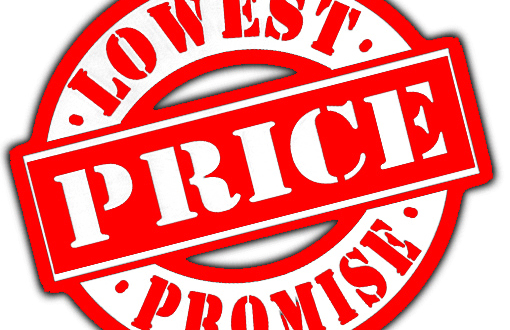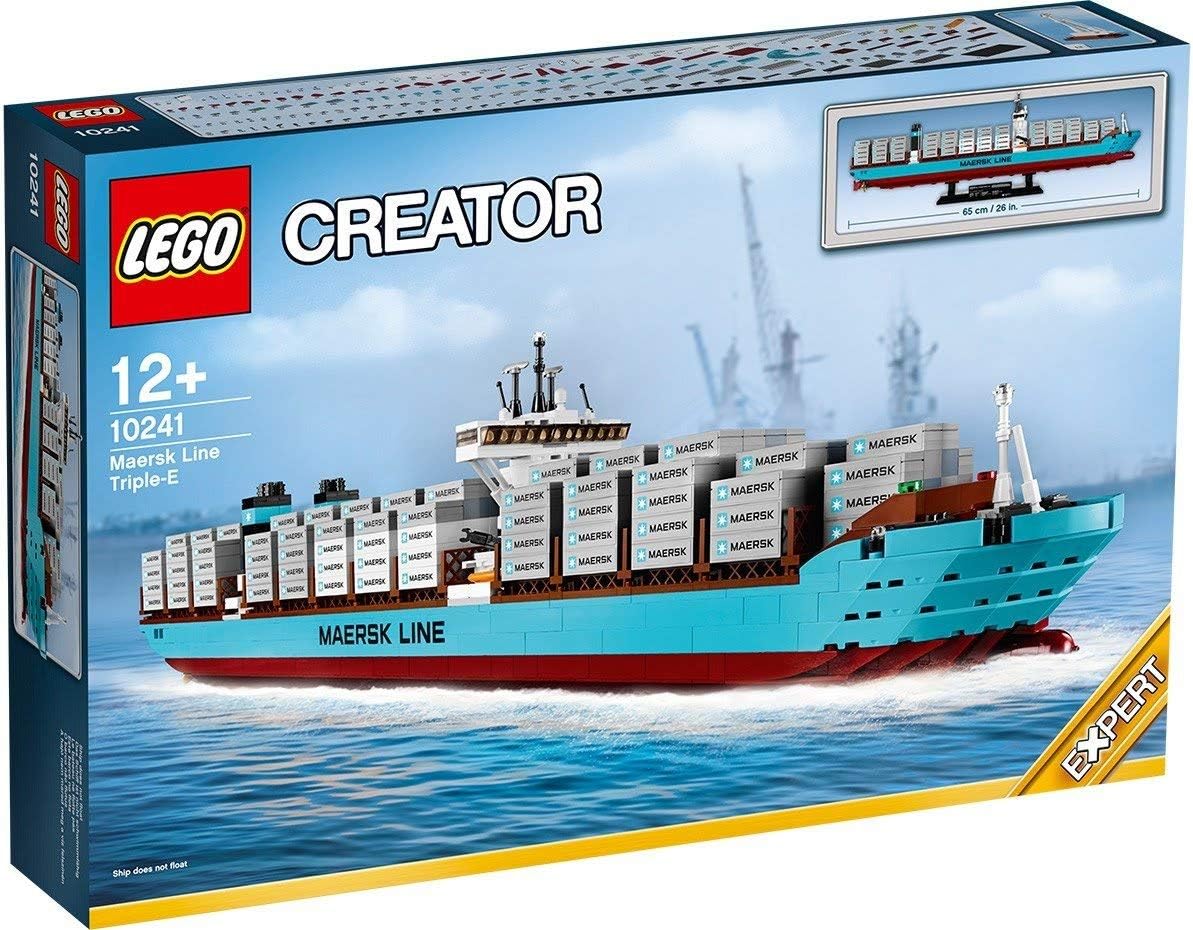15 TIPS FOR LOWERING OCEAN FREIGHT RATES YOU HAVE TO KNOW
Here are 15 tips for lowering ocean freight rates.
1. Have a clear understanding of the business
If there is a clear understanding of the business and the processes involved in it, then the costs related to the shipment, who pays what charges and where costs may be saved will become clear.
2. Know the market and the rates that are prevalent
This is a major requirement for the shipper so that they don’t pay more than the market rate to their vendors. Freight cost benchmarking in the market is an efficient method followed by many shippers.
3. Use the right mode of shipmentd
For example, achieving the best freight rates may be obtained by deciding between Full container (FCL) or LCL or as Groupage
This is because there are multiple charges involved in an LCL or groupage shipment as compared to FCL.
Even within the FCL option, optimization maybe achieved using the right type of container for the right type of cargo – like 20’ container for weight based cargo and 40’container for volume based cargo.
4. Audit your quotations/invoices
Ensure the quotations received from the carriers are correct and tally with your quotation.
There may be cases where the carrier has missed out some shipping surcharges and come to you at a later stage for payment. These could also prove costly for you as you or your customer may not agree to pay additional charges after the business has been concluded.
Auditing your quotation/invoice will help with this issue.
5. Prepare and implement
If your freight procurement is based on a tender, effective preparation and implementation of tender management process is critical as this is one area where you can definitely reduce your freight costs not just related to ocean, but also land-side.
6. Plan effectively
Effective planning coupled with a clear understanding of the scope of business, quantities involved and the frequency of shipments allows you to have efficient freight negotiations with the carriers.
Carriers generally give best value quotations to customers who know what they want and are able to forecast it clearly and this will add to your credibility and reputation with the carrier which is quite important.
7. Triangulation
This is another option which carriers favor and they may offer special deals to customers who are able to triangulate containers.
Triangulation refers to the use of the same container for export and import purpose meaning you export cargo from A to B and also bring back imports from B to A using same container and same carrier.
8. Do not incur unnecessary charges
A lot of times customers incur unnecessary charges either at POL or POD due to demurrage or detention which is mainly caused by improper or timely documentation and in many cases, these charges are so high, the customers may be forced to abandon their cargo.
9. Optimize your route
Route optimization is also another method to lower freight costs. Analyze the routes used by the various carriers/vendors for the delivery of the cargo and satisfy yourself that it is the optimal route for the cargo.
The cheapest quote may not always provide you the overall cost savings that you are trying to achieve.
10. Optimize your cargo packing
Wastage of space can be eliminated by using the right size of cartons, boxes, bags or other packaging material or customizing the same to the size of the container that will be used for the shipment.
Such customized packing also protects cargo from movement during transit and eliminates damages.
11. Know your terms of sale and shipment
This is a crucial factor in achieving cost savings. You as a customer or as a freight forwarder need to know the Incoterms involved, the terms of shipment (CY-CY, CFS-CY etc) and the costs associated with it as these terms help you identify who pays what charges for a shipment and the responsibilities thereof.
12. Don’t classify everything as urgent
Many shippers exhibit this tendency in order to ship/get their cargo delivered at the earliest whether the cargo requires such urgent delivery or not. In a lot of the cases, rush orders incur very heavy costs. Through careful planning and timeline management, these charges may be reduced.
13. Understand your rate
What does your sea freight rate really include? Is the rate port-to-port or door-to-door? Does it incorporate surcharges?
14. Consolidation
Consolidating shipments provides greater flexibility in supply chains and regular, ongoing inventory replenishment. In addition, consolidation supports sustainability efforts. Companies that move goods in fewer, better-targeted shipments shrink their carbon footprint.
15. Communicate and collaborate with your carrier base
Set expectations, share forecasts and other shipment data and look for additional opportunities.
Conclusion
In the quest to get the best freight rates, some shippers and freight forwarers resort to playing hardball with the service providers, which is one of the tactics that can actually hurt carrier rate negotiations. If they are successful, such practices can lead to a reduction in service levels, reliability, fulfillment time from the side of the service provider and may lead to reputation damage for the shipper or freight forwarder.
In today’s business, where everyone is trying to achieve cost savings, it is important to:
- choose the best mode of transportation
- use the right equipment
- consolidate cargo where possible
- automate various processes
- improve supply chain visibility, analyzing the delivery patterns vs costs
Honestly stolen from Xeneta.





